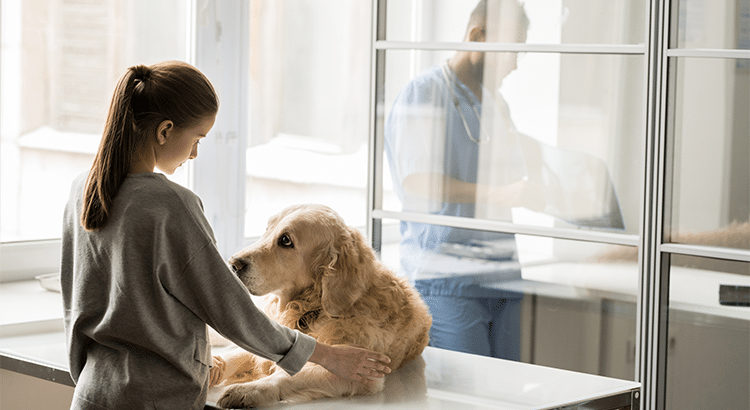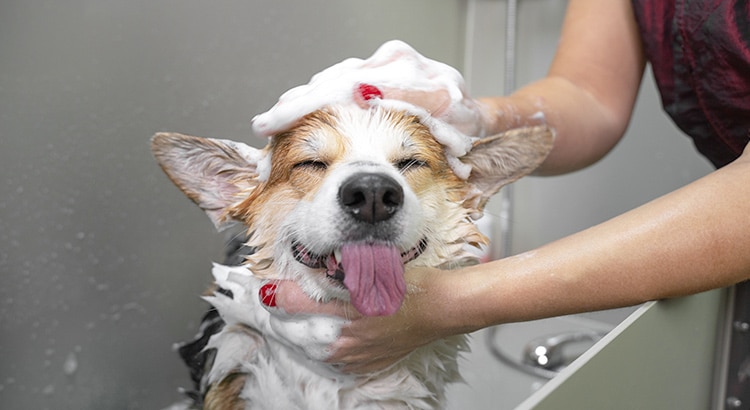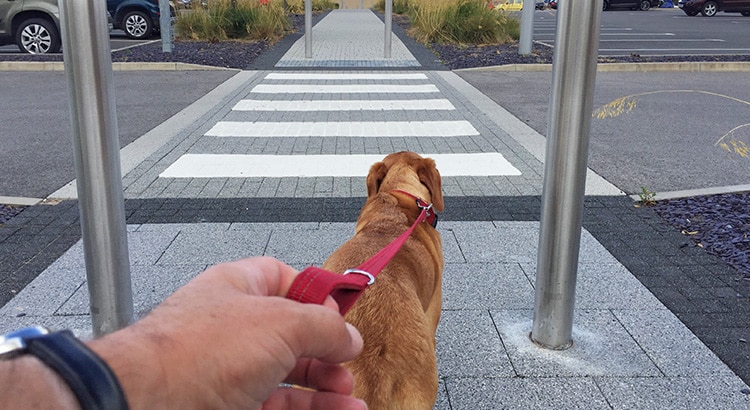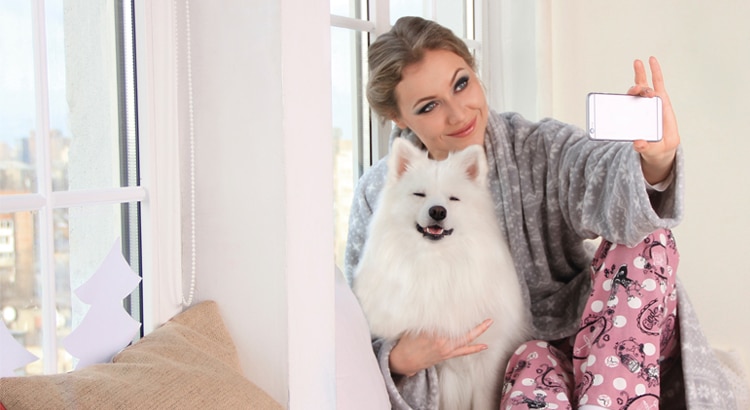
The Impact of Millennial Pet Owners on the Pet Industry
The pet industry has sky-rocketed to a whopping $64 billion-dollars, immensely due to millennial pet owners. They are highly responsible for the 22 percent rapid growth over the last five years. Millennials now make up 38 percent of the pet-owning population compared to boomers’ 35 percent according to the North American Pet Health Insurance Association.
Millennials’ High Expectations Transforming Pet Care
Millennial pet owners are reshaping the industry with their demanding expectations, spending more on pets today than any previous generations. From sparkly collars to remote treat dispensing devices, specialized services such as Pin Paws to doggy daycare playdates and farm to table foods, millennials are creating the demand for high-end products. Last season on Housewives of Dallas, one of the stars, Kameron Westcott, launched Sparkle Dog, a pink, dry dog food which goes for $28 for an 8-ounce bag. A steep price that some millennial pet owners are willing to pay.
Pets: From Family Members to Essential Life Companions
Pets have transitioned from being considered a secondary family member to being a necessary part of life. In fact, millennial pet owners are so attached to their pets that 71% would take a pay cut if it meant they could bring their pet(s) to work every day, with 1 in 5 (21%) opting to take a pay cut of 20% or more, according to mediapost.com.
Pets as the New “Starter Children” for Millennials
For Millennials, a dog or cat isn’t just a pet, it’s a starter child. This generation makes up a quarter of the U.S. population, contributing $514 billion to the housing market, leading the way as the largest group of homebuyers. What is the reason behind such a large statistic? It’s not marriage or kids determining the need to purchase a home: it’s the fact that they need more space for their dog. Their “trial child”. For those who haven’t purchased a home, 42% admit their dog, or the desire to have one would be a key factor in buying a home.
